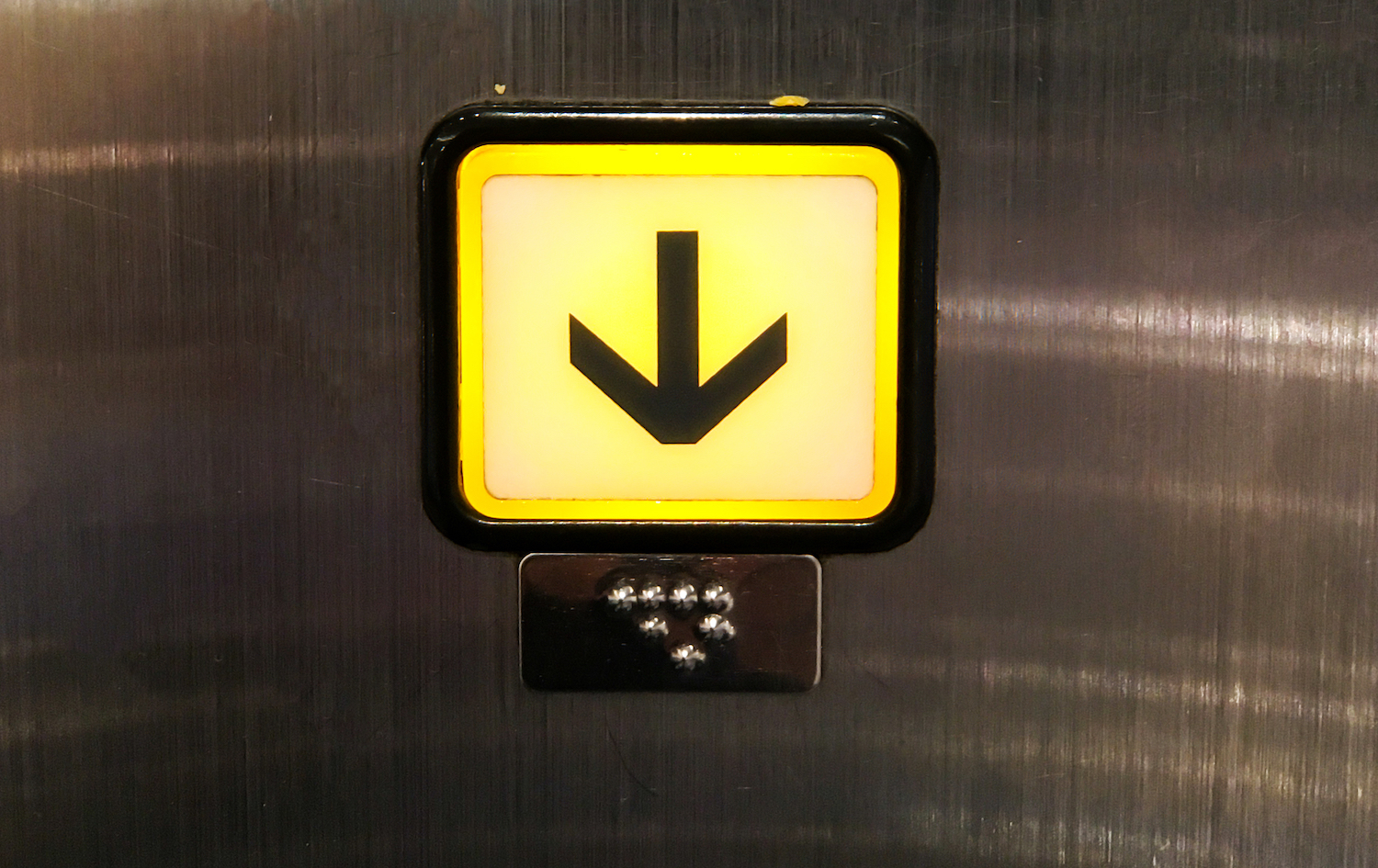Staking Will Turn Ethereum Into a Functional Store of Value
Staking Will Turn Ethereum Into a Functional Store of Value
Osho Jha is an investor, data scientist and tech company executive who enjoys finding and analyzing unique data sets for investing in both public and private markets.
With the halving capturing the attention of most investors in the cryptocurrency space as well as some mainstream press, the changes at Ethereum have gone largely unnoticed in the broader crypto community. While BTC has become an investment option for those seeking strong money principles in a time of central bank balance sheet expansion, ETH also represents strong money principles. Ethereum 2.0 has been plagued by delays – a natural part of the software development process but a primary cause of negative sentiment towards ETH. However, Ethereum 2.0 seeks to change from a PoW infrastructure to a PoS infrastructure and the magnitude of this shift, I believe, is not reflected in the price of the token.
ETH Deflation – A Look at Supply Side Dynamics
Before diving into the impact that staking could have on ETH, it is important to understand how the ETH “money supply” currently works. As we know, BTC has a fixed supply of 21 million coins and the rate at which these coins are released into the money supply decreases over time. ETH does not have a fixed supply but, like BTC, it has a declining inflation rate:

There is a fixed issuance of new ETH annually. As the money supply grows, that fixed issuance becomes a smaller portion of the total money supply. As with BTC halvings, ETH over time has reduced the block reward for miners. The transition to Ethereum 2.0’s staking mechanism is set to reduce the inflation rate of ETH to 0.5%-2.0%, putting it in the same company as BTC and gold in terms of supply inflation.
I look at ETH as the fiat to BTC’s gold. Despite negative connotations in the crypto community, fiat currencies aren’t inherently bad and the main advantage of an unfixed total supply is flexibility to adjust supply during different economic climates. Central banks have taken this flexibility to an extreme in recent years, and, while ETH’s supply is not fixed, its projected long term inflation may be a happy middle ground between fixed supply and unbridled money printing.
ETH Staking – A Look at Demand Side Dynamics
In many ways, ETH trades like a venture investment. Investors believe that Ethereum will be the underlying technology for the future of decentralized apps and they buy ETH in the same way they would shares. I find this troubling because, by its very nature, ETH is not a stock and these investors are taking on a bigger risk than they might think.
Staking is the key to making ETH function as a value store. At its core, staking incentivizes holding ETH in a node that can then be used by the network to verify transactions. The greater the number of nodes, the faster the network can function and the more secure it becomes. Staking is not new. Projects ranging from Hedera Hashgraph to Facebook Libra have some sort of staking mechanism built in. But they don’t have the advantage of being the de-facto network decentralized app developers lean on.
The magnitude of this shift, I believe, is not reflected in the price of the token.
For investors, there are incentives to staking tokens in a node, including rewards similar to earning interest on a bank deposit. While the staking rewards vary based on network performance and utilization, target returns are close to 10% annually. Though actual returns will vary as the network gets up and running, the possibility of earning returns on coins that would otherwise be in a wallet should entice ETH holders to stake.
In a global low-rate environment, these returns are certainly attractive. And staking may be the killer app that allows ETH to become a “positive carry asset.” In other words, it generates a positive return for holding it as opposed to, say, gold, which is negative-carry, as it incurs storage costs. Long term, positive carry stimulates demand and creates an incentive to borrow cash to purchase and earn yield. Overall, positive-carry assets increase stability of price movements by creating long term holders and widening the investor base.
Investors are becoming aware of this dynamic. To stake a node, there is a minimum required 32 ETH (thought staking pools can allow staking to be done with as little as 1 ETH). The following chart shows the growth in Ethereum addresses holding 32 or more ETH tokens:

Usage – Stablecoins and DeFi
While generating interest income from staking will certainly be positively received by investors, network usage is ultimately what will create a sustainable system and long term growth in ETH value.
Investors often consider network usage in the context of dapp adoption and transactions being done, but this misses a big part of the ethereum story. Stablecoins and DeFi have an outsized usage of ETH.
Stablecoins are currently near an all time high total market cap spurred by the broader liquidity crisis in March 2020. This has, in turn, pushed ETH transaction counts to highs around the level seen in summer of 2019.

DeFi is a large source of utilization as well with total USD value locked up in DeFi crossing $1bln USD earlier this year:

ETH as a Store of Value
Current events have forced us to adapt to a more digital life and also shown us the limitation of legacy banking systems. Even the distribution of stimulus checks became a nontrivial problem. With the market focused on bitcoin and its role in unstable economic times, the advances being set forth by Ethereum 2.0 have been largely overlooked. However, Ethereum 2.0 lays out a platform which can help create better digital experiences and ease the friction as individuals and institutions transition to a digital-first world.
As we mentioned earlier, staking will turn ETH into a positive carry asset, which in turn brings price stability and broadens the investor base. By staking accumulated tokens, investors will both earn yield and help scale the network in a secure way.
While ETH is being staked, there is demand for stablecoins and banking-esque services, which are being deployed and iterated on in the DeFi space as a whole. With this dynamic, transactions can be made using stablecoins while ETH itself is staked to generate interest income. This may sound foreign and futuristic but it’s not much different than when people keep savings in an interest-generating savings accounts, or investments, and keep day-to-day money in a checking account.
Disclosure Read More
The leader in blockchain news, CoinDesk is a media outlet that strives for the highest journalistic standards and abides by a strict set of editorial policies. CoinDesk is an independent operating subsidiary of Digital Currency Group, which invests in cryptocurrencies and blockchain startups.









